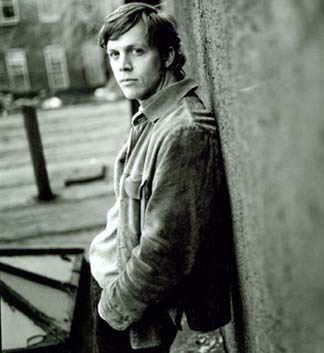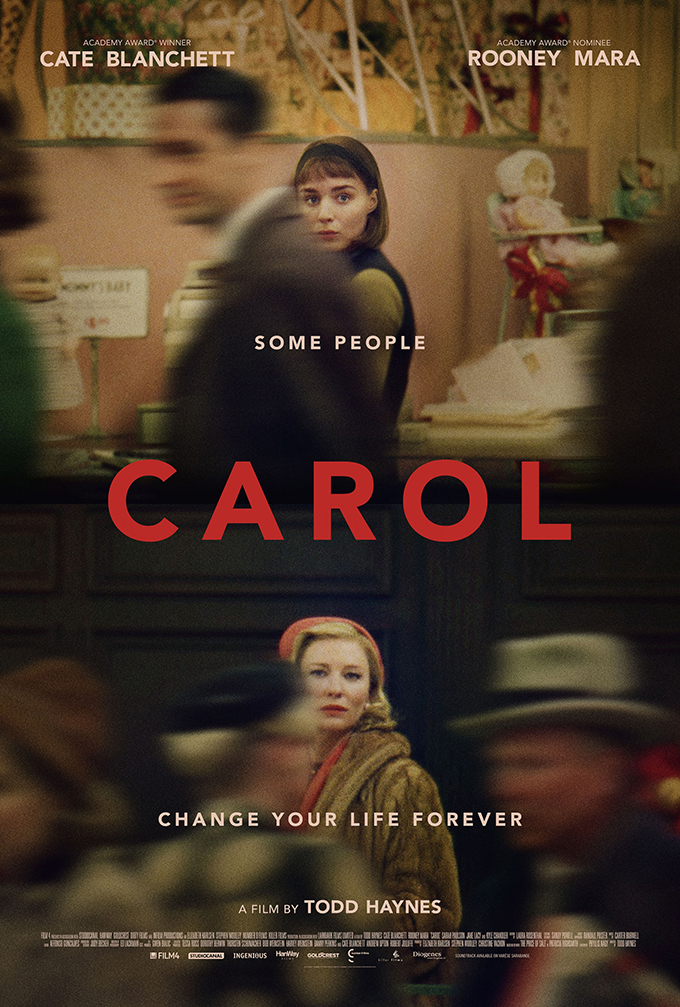Sweetness And Light: Todd Haynes
A long time ago, in a decade far, far away, an otherwise delightful film buff acquaintance told me bluntly that I was the sentimental kind. The impact of such a veiled insult on the self-respecting Gen Xer I viewed myself to be was complicated by the fact I had been trying to resist unfashionable emotional displays at film festivals, surrounded by cooler-than-thou peers, and that I’d recently viewed and greatly admired Todd Haynes’ breakthrough Poison, along with Jean Genet’s swooning and grandiose Un chant d’amour, my personal idea of a perfect double feature on a 1991 evening. Melodramatic and at times quaint, aesthetically riveting and emotionally violent, these two films proved to be a revelation. What was so bad about sentimentality anyway? It sure beat the knee-jerk cynicism rolled in a uniformity of plaid flannel the world was soon to turn into. Genet might have been long gone but fellow contemporary iconoclast Todd Haynes was to help me come out of the sentimental closet.
This is not to assert that Todd Haynes purposely chooses sentimentality as a design, or that his movies are intrinsically so, but his work welcomes the description. Beyond the striking aspect of his recent productions, jewels of glossy structure and a rare attention to sensual details, they remain implacable observations of normalcy and its power to derail, and in the end annihilate, individual desire. 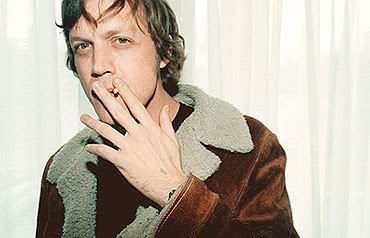 Haynes’ films showed me how one’s initial anger, especially paired with the validity of dissidence, could hold great power of creation and change. So-labelled New Queer Cinema (NQC) filmmakers — which, as scholar B. Ruby Rich argued even as she was inadvertently coining the phrase, could have been more appropriately named in those early days the New Queer White Boy Cinema — beckoned the independents at a time independent meant a distinct and a divergent lively conversation happening outside of the mainstream. Some of the artists leading the movement back then remained true to a personal vision, whether they continued producing strictly defined queer-themed films or not. Gregg Araki focusing on gorgeously deviant, ultra cool, anguished teenage dreams and aspirations; Gus Van Sant, probably the most famous icon of the movement, showcasing with humor tender outlaws and beautiful losers in a flattering light; Christopher Münch, whose The Hours and Times’ brilliant premise attracted me initially but left me reeling from the masterful result, these unapologetically transgressive individual perspectives evolved over twenty years and have captured and held my attention to this day. But it is the depth of Todd Haynes’ work that takes my breath away at every turn and with whom I remain, not sentimentally but intellectually, most impressed.
Haynes’ films showed me how one’s initial anger, especially paired with the validity of dissidence, could hold great power of creation and change. So-labelled New Queer Cinema (NQC) filmmakers — which, as scholar B. Ruby Rich argued even as she was inadvertently coining the phrase, could have been more appropriately named in those early days the New Queer White Boy Cinema — beckoned the independents at a time independent meant a distinct and a divergent lively conversation happening outside of the mainstream. Some of the artists leading the movement back then remained true to a personal vision, whether they continued producing strictly defined queer-themed films or not. Gregg Araki focusing on gorgeously deviant, ultra cool, anguished teenage dreams and aspirations; Gus Van Sant, probably the most famous icon of the movement, showcasing with humor tender outlaws and beautiful losers in a flattering light; Christopher Münch, whose The Hours and Times’ brilliant premise attracted me initially but left me reeling from the masterful result, these unapologetically transgressive individual perspectives evolved over twenty years and have captured and held my attention to this day. But it is the depth of Todd Haynes’ work that takes my breath away at every turn and with whom I remain, not sentimentally but intellectually, most impressed.
 There may have been a certain aesthetic in the very early days of non-experimental NQC works that encouraged grouping certain movies, making them easier to identify as such: certain types of dissident characters were emerging in these, and the filmmakers showed an affinity with reframing existing cinematic genres as semi-pastiches, which eventually rendered some of the work easier to dismiss as gimmicky or trendy. Hayes himself proved to be brilliant at using film genres such as Noir, horror, docudramas and the classic age of American melodramas, at times a mishmash within the same movie, as starting points for storytelling that owed nothing it turns out to satire. Thematically, his films exist generally in the past without truly being period pieces, and I would say he is probably the most unironic postmodern American independent filmmaker today. This could simply be an affinity with the visual of other eras but it serves a purpose: through the looking glass of history, artists have long been able to more freely and vehemently reevaluate and reinvent their own age. Haynes’ productions (both on small and big screen) may be delightful to look at, consequently comparatively easy to market and distribute, but all his films reveal themselves vehement judgements on the state of gender and class politics today. It is not so much sexual or social class identity that proves fluid for Haynes: it is identity itself.
There may have been a certain aesthetic in the very early days of non-experimental NQC works that encouraged grouping certain movies, making them easier to identify as such: certain types of dissident characters were emerging in these, and the filmmakers showed an affinity with reframing existing cinematic genres as semi-pastiches, which eventually rendered some of the work easier to dismiss as gimmicky or trendy. Hayes himself proved to be brilliant at using film genres such as Noir, horror, docudramas and the classic age of American melodramas, at times a mishmash within the same movie, as starting points for storytelling that owed nothing it turns out to satire. Thematically, his films exist generally in the past without truly being period pieces, and I would say he is probably the most unironic postmodern American independent filmmaker today. This could simply be an affinity with the visual of other eras but it serves a purpose: through the looking glass of history, artists have long been able to more freely and vehemently reevaluate and reinvent their own age. Haynes’ productions (both on small and big screen) may be delightful to look at, consequently comparatively easy to market and distribute, but all his films reveal themselves vehement judgements on the state of gender and class politics today. It is not so much sexual or social class identity that proves fluid for Haynes: it is identity itself.
Haynes’ recent masterful Carol is a case in point. Superb and subtle, Carol the character and the movie gleam through life, both stunning creations of luminous, unattainable perfection. Played by Cate Blanchett at her most flawless self, Carol the woman is easy to buy as the ideal upper-class housewife, a veneer of an ideal rather than an ideal tout court. She is so perfect, she’s barely human, but that too is a role, a social and sexual creation born out of survival at a time that feels archaic now but is scarcely behind us. We forget as an audience that she’s a real person even as she rules her early 1950s screen-space. For a while in the film, Carol is only seen through the adoring doe-eyes of the equally potent arc hetype of the young working single girl, Therese (Rooney Mara, owning the movie and her award nominations), a would-be photographer who casts her camera lens on Carol shortly after their first meeting, unknowingly securing Carol’s persona. It’s a relief when Carol, going through her own domestic drama, helplessly encourages Therese over the phone to “please ask me things”; it feels like a confession that she is a breathing, feeling human being. We guess no one had ever thought to enquire of Carol, and thus shatter the radiant crystal construct to reveal a woman with needs and an inner life of her own. Therese in contrast to Carol’s radiance is dressed somberly as to render her almost invisible in Carol’s world, but she lives in respectable dwellings, appropriate to her age and semi-bohemian aspirations. Speaking of types, Mara is a suitable Audrey Hepburn at her debut to Blanchett’s iconic Grace De Monaco, and Haynes’ propensity to shoot his actors through glass windows, the
hetype of the young working single girl, Therese (Rooney Mara, owning the movie and her award nominations), a would-be photographer who casts her camera lens on Carol shortly after their first meeting, unknowingly securing Carol’s persona. It’s a relief when Carol, going through her own domestic drama, helplessly encourages Therese over the phone to “please ask me things”; it feels like a confession that she is a breathing, feeling human being. We guess no one had ever thought to enquire of Carol, and thus shatter the radiant crystal construct to reveal a woman with needs and an inner life of her own. Therese in contrast to Carol’s radiance is dressed somberly as to render her almost invisible in Carol’s world, but she lives in respectable dwellings, appropriate to her age and semi-bohemian aspirations. Speaking of types, Mara is a suitable Audrey Hepburn at her debut to Blanchett’s iconic Grace De Monaco, and Haynes’ propensity to shoot his actors through glass windows, the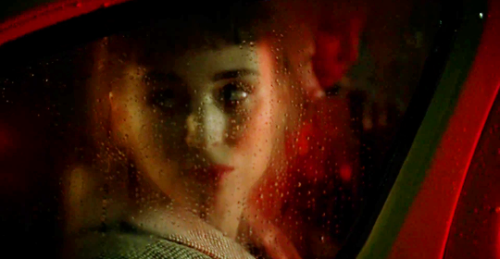 ir faces surrounded by an array of reflections, portrays Carol and Therese at times as outsiders looking in, at others insiders longing to get out, two characters having to conform to strict paradigms. In this case, in order to “pass” and avoid being lambasted for what was still called not so long ago a “lifestyle,” the need to adhere to a social camouflage is a necessity.
ir faces surrounded by an array of reflections, portrays Carol and Therese at times as outsiders looking in, at others insiders longing to get out, two characters having to conform to strict paradigms. In this case, in order to “pass” and avoid being lambasted for what was still called not so long ago a “lifestyle,” the need to adhere to a social camouflage is a necessity.
Professionally, women have reigned supreme in Haynes’ universe, behind the scenes as well: amidst writers and cinematographers, formidable producer Christine Vachon takes precedence and continues to be the most acclaimed of Haynes’ frequent collaborators. On film — excluding 1991’s Poison and 1998’s Velvet Goldmine, for specific narrative political purposes — women have been central subjects, depicted through Haynes’ sympathetic and understanding gaze, and shot with a kindness that never resorted to artificial glamor, even in Carol where exquisite taste prevails, arguably Haynes’ most visually breathtaking feature. 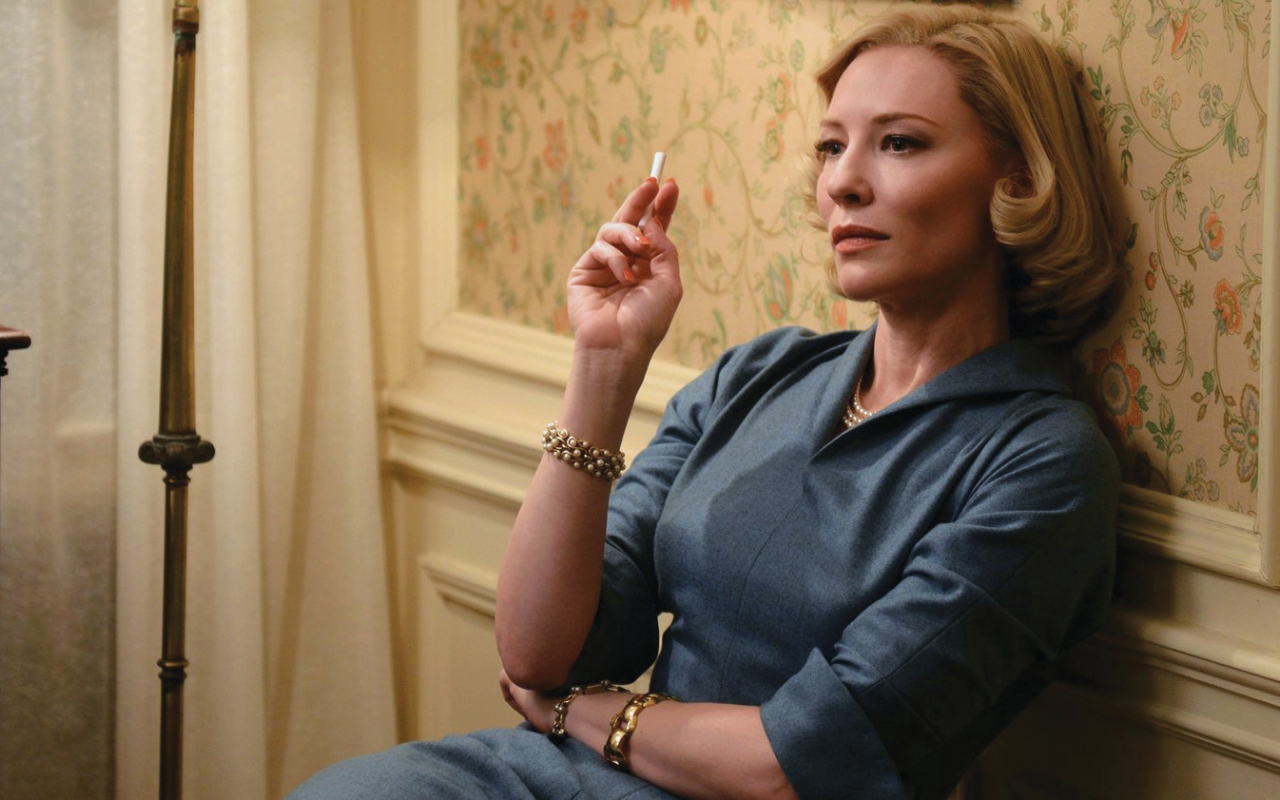 From the 1987 celebrated low-budget Superstar: The Karen Carpenter Story, banned for decades but relatively easy to find now, where the carefully displayed lead doll emotes more convincingly than many working actors today, to Sonic Youth’s 1991 “Disappearer” music video (Kim Gordon has never looked more stunning, commanding and heartbreaking all at once) and 2002‘s Far From Heaven, where despite a melodramatic and forbidden love story driving the action, the movie remains a study of the bleak choices available to a woman at a certain time, all through to the exciting rumour of an upcoming Peggy Lee biopic project, Haynes chooses to make his ladies the stars and martyrs of their own lives, the latter the inevitable price to pay for not playing by the rules yesterday, today but conceivably not tomorrow. Reversing what we have come to expect in popular culture or the culture at large, it is the men who represent domesticity and enforce normativeness in Carol; additionally, their unmanaged and brusque emotionalness disrupts and interrupts, a disturbance of female solidarity at best, a menace to women’s well-being at worse. Haynes delicately builds a tension without resorting to the thriller and horror devices ingeniously used in 1995’s Safe, for instance, giving Carol’s leads ample leeway to decide for themselves which road they’ll take, turning their romance and the movie into an unassumingly subversive and powerful affair.
From the 1987 celebrated low-budget Superstar: The Karen Carpenter Story, banned for decades but relatively easy to find now, where the carefully displayed lead doll emotes more convincingly than many working actors today, to Sonic Youth’s 1991 “Disappearer” music video (Kim Gordon has never looked more stunning, commanding and heartbreaking all at once) and 2002‘s Far From Heaven, where despite a melodramatic and forbidden love story driving the action, the movie remains a study of the bleak choices available to a woman at a certain time, all through to the exciting rumour of an upcoming Peggy Lee biopic project, Haynes chooses to make his ladies the stars and martyrs of their own lives, the latter the inevitable price to pay for not playing by the rules yesterday, today but conceivably not tomorrow. Reversing what we have come to expect in popular culture or the culture at large, it is the men who represent domesticity and enforce normativeness in Carol; additionally, their unmanaged and brusque emotionalness disrupts and interrupts, a disturbance of female solidarity at best, a menace to women’s well-being at worse. Haynes delicately builds a tension without resorting to the thriller and horror devices ingeniously used in 1995’s Safe, for instance, giving Carol’s leads ample leeway to decide for themselves which road they’ll take, turning their romance and the movie into an unassumingly subversive and powerful affair.
In Carol, Haynes’ leading ladies become the mundanely courageous people we never read about in historical texts, the quiet pioneers who were crushed by their times and men’s laws but were vital to modifying society’s rules in the long run: the women who made today’s world possible. There is a harsh old-fashioned expression in French, used in many novels of past centuries, “se faire violence” which translates as to violate oneself symbolically, spiritually and emotionally by denying one’s individuality and true identity; in Carol’s most poignant scene, the title character chooses her sanity over a life of lies and inescapable loneliness, aware she will most certainly lose something in the process, chiefly her daughter, yet despite this certainty she firmly acts on her will. By doing so, Carol may escape her impending fate of ending in Haynes’ pantheon of tragic heroines; she breaks the filmmaker’s cycle, the story attaining what is perhaps the closest thing to a “happy ending” for its main gals. All sentimentality and melodrama put aside, it is the most beautiful thing to witness.
